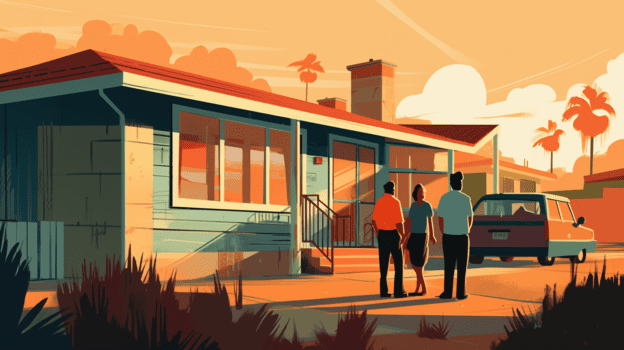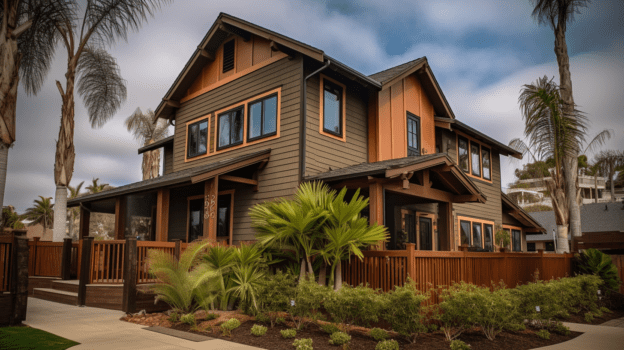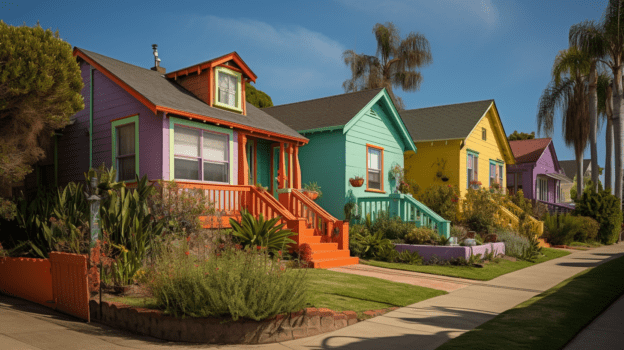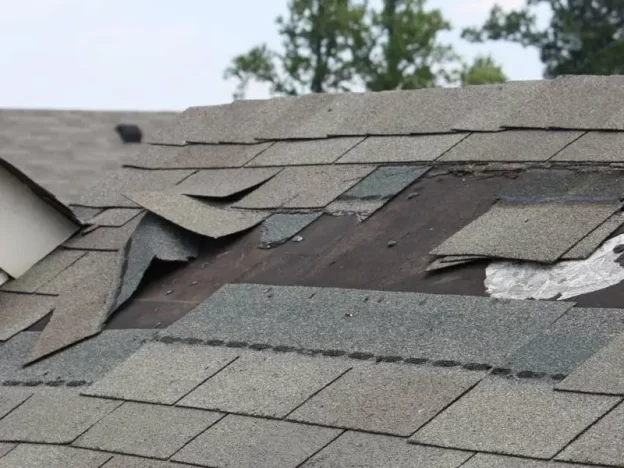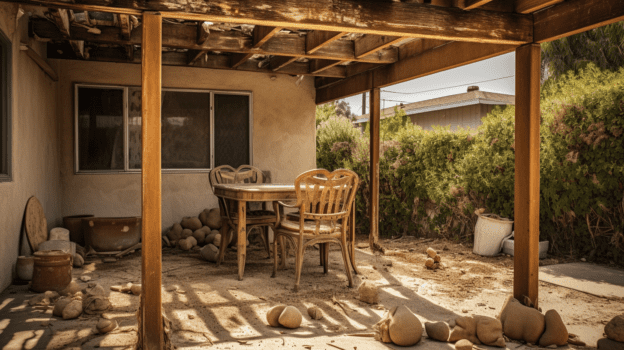As the temperature begins to rise and the days grow longer, it’s clear that summer is on its way. It’s the perfect time to start preparing your home for the summer season. From enhancing your outdoor space to tuning up your air conditioning unit, every little thing you do can make your home more comfortable and energy-efficient. Here are some essential tips from Tidal Remodeling to get your home summer-ready.
1. Air Conditioning Maintenance
The air conditioning unit is your best friend during the hot summer months. It’s crucial to ensure your unit is in optimal condition. Start by replacing the air filters and scheduling a professional tune-up. A well-maintained AC can improve air quality, increase efficiency, and reduce energy bills.
2. Inspect and Clean the Gutters
Overflowing gutters can lead to water damage, a problem you certainly don’t want to face in the middle of a summer downpour. Take the time to inspect and clean your gutters, ensuring they’re free from debris and properly aligned.
3. Enhance Your Outdoor Space
Summer is all about outdoor living. Whether it’s barbecuing with family or lounging by the pool, your outdoor space is an extension of your home. Consider adding a patio set, an outdoor kitchen, or a fire pit. Landscaping updates and outdoor lighting can also enhance your yard’s aesthetic appeal.
4. Invest in Energy-Efficient Windows
Energy-efficient windows can significantly reduce your cooling costs in the summer. They keep the heat out and the cool air in, making your home more comfortable. If replacing windows isn’t in your budget, consider adding window film or thermal curtains for added insulation.
5. Refresh Your Home’s Exterior
A fresh coat of paint can do wonders for your home’s curb appeal. Choose a light, reflective color to help your home stay cool. Don’t forget to check your siding and repair any damage to ensure your home is protected from summer storms.
6. Install Ceiling Fans
Ceiling fans are a great way to circulate cool air throughout your home. They can help reduce the strain on your air conditioning unit, allowing you to keep your thermostat at a higher temperature without sacrificing comfort.
7. Check Your Insulation
Proper attic insulation can keep your home cool in the summer and warm in the winter. Check your attic and walls for any gaps or areas that may need additional insulation.
8. Update Your Thermostat
A programmable thermostat can help you manage your home’s temperature effectively. You can program it to cool your home just before you return, saving energy while you’re away.
9. Seal Leaks and Cracks
Inspect your home for any leaks or cracks that may let hot air in. Pay special attention to windows and doors. Sealing these areas can improve your home’s energy efficiency and keep it cooler.
10. Stay Hydrated and Stock Up on Essentials
Finally, don’t forget to take care of yourself and your loved ones. Stay hydrated, keep cool, and make sure you have all the summer essentials on hand. This includes sunscreen, bug spray, and plenty of cold beverages.
Conclusion
Preparing your home for summer is not just about comfort, but also about energy efficiency and cost savings. By following these tips from Tidal Remodeling, you can ensure your home is ready to beat theheat, allowing you to enjoy the summer months in comfort and style. From routine maintenance tasks to home improvement projects, every step you take will contribute to a cooler, more enjoyable summer season. Remember, a well-prepared home is a happy home. So, embrace the summer, and get your home ready for the season ahead.

